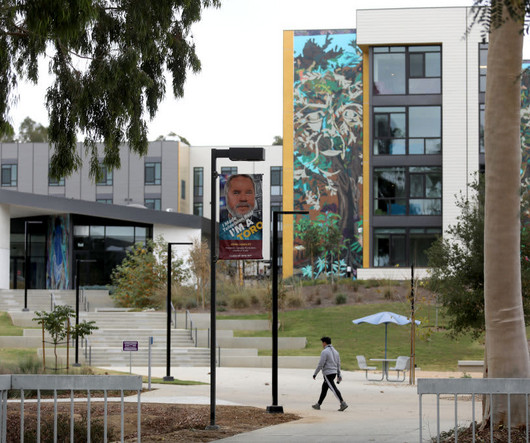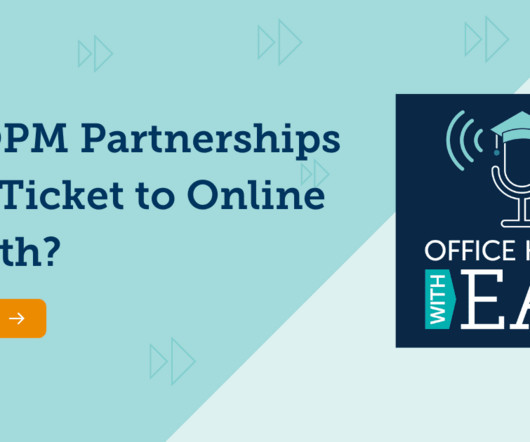6 trends impacting community college enrollment in 2023
EAB
JANUARY 26, 2023
After losing over 10% of two-year students during the pandemic, both due to declines in new students and to a national dip in retention, this enrollment recovery was a welcomed reprieve. While this is worth applauding, it’s also important to look at retention rates to understand trends in students who are still leaving community colleges.


















Let's personalize your content